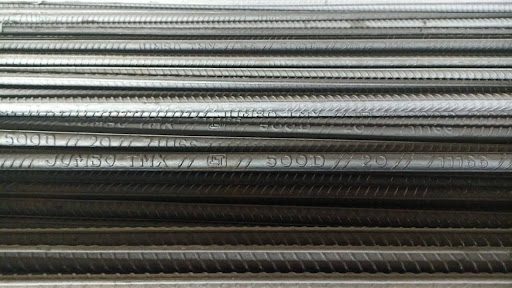Steel bars, commonly known as rebars, are integral components of almost any construction project. From residential buildings to massive infrastructure projects, steel bars reinforce the concrete and lend strength and durability to the structure. With so many types of rebars available today, it can get confusing to select the right one for your project.
This blog breaks down the top 10 most popular types of steel bars used in construction, along with their key features, applications, and costs, to help you make an informed decision.
Types of Steel Bars used in Construction
1. Torr Rebars
Torr (twisted) rebars, easily recognizable by their twisted profile, are known for their high strength thanks to their cold twisting process and higher carbon content. However, this strength comes at a cost: they have low ductility (meaning they bend poorly) and are susceptible to corrosion, especially in harsh environments like coastal areas or industrial zones.
Features:
- High tensile strength
- Poor ductility and bendability
- Prone to corrosion
Applications: They are traditionally used in reinforced concrete structures, but their corrosion drawbacks limit their modern applications. Now it’s only used in grills.
Cost: It is economical compared to other rebar types, but high maintenance or replacement costs in corrosive environments can negate the initial cost savings.
2. Quenched and Tempered (QT) Rebars
QT rebars take strength to the next level. Made by rapidly cooling hot-rolled steel, followed by tempering, they achieve higher strength and superior bendability compared to regular mild steel rebars. This makes them ideal for projects requiring both muscle and flexibility.
Features:
- Higher strength than twisted rebars
- Uniform elongation for better flexibility
- Double-rib pattern for enhanced concrete bonding
- Restricted sulphur and phosphorus content as per BIS standards
Applications: Widely used in infrastructure projects, residential buildings, airports, factories, and even educational institutes.
Cost: Fairly priced compared to primary producers, and the lower steel requirement further reduces overall costs.
3. Thermo-Mechanically Treated (TMT) Rebars
TMT rebars are the workhorses of the construction world. Produced by quenching hot-rolled steel bars in water, they boast a hard outer shell and a softer core, giving them both exceptional strength and impressive ductility. The rapid cooling also enhances their corrosion resistance, making them suitable for a wider range of environments.

Features:
- High strength and ductility
- Good weldability
- Earthquake and fatigue-resistant
- Improved corrosion resistance compared to twisted rebars
Applications: Widely used in reinforced concrete structures like buildings, bridges, and dams, especially where both strength and flexibility are crucial. Their earthquake resistance makes them popular in seismic zones.
Cost: They are marginally costlier than twisted rebars, but their longer lifespan and lower maintenance costs often outweigh the initial investment.
4. TMX Rebars

Traditional steel rebars have served the construction industry well for decades, but advancements in technology have brought us TMX rebars, a game-changer in the world of reinforcement. Manufactured using the innovative Thermex process, TMX rebars boast superior features that translate to stronger, more durable, and more cost-effective structures.
The pronounced ribs on TMX rebars are not just for aesthetics. They are the result of the unique Thermex technology, which expands the hot-rolled steel, creating a superior bond with concrete. This translates to greater load-bearing capacity, allowing for thinner structures and 17% steel savings compared to traditional TMT rebars. This translates to significant cost savings on your project.
But TMX rebars aren’t just about immediate savings. They offer exceptional durability, thanks to their higher strength and enhanced corrosion resistance. This means reduced maintenance costs and a longer service life for your structure.
When it comes to critical structures, safety is paramount. TMX rebars excel in this department too. Their earthquake resistance and fire resistance make them the ideal choice for buildings and infrastructure in vulnerable areas.
Features:
- Superior strength, exceeding TMT rebars
- High corrosion and fire resistance
- Easily weldable
- Earthquake resistant
- Pronounced ribs for unmatched bond strength
Applications: Suitable for all structural construction purposes, including buildings, bridges, and dams. Their upgraded strength and lifespan make them the go-to choice for demanding projects.
Cost: More economical than TMT rebars. Their longer service life translates to reduced maintenance costs in the long run.
5. Cold Twisted Deformed (CTD) Rebars
CTD rebars were once popular, but their time in the spotlight has faded. Made by mechanically twisting hot-rolled steel bars at room temperature, they achieve decent strength through the twisting process. However, the twisting damages the microstructure, leading to very poor corrosion resistance. This major drawback has rendered them obsolete in most modern construction applications.
Features:
- High strength (although surpassed by other rebar types)
- Good concrete bond due to twisted ribs
- Poor corrosion resistance
Application: Previously used extensively for reinforced concrete structures. However, it is no longer used due to very high corrosion rates compared to other rebar types.
Cost: Previously economical compared to other rebar types. However, high corrosion led to high long-term maintenance and replacement costs.
6. Epoxy Coated Rebars
For projects facing the wrath of the elements, epoxy-coated rebars are the preferred ones. A protective layer of epoxy is applied to regular steel rebars, shielding them from corrosion in aggressive environments like coastal areas, bridges, and dams. This coating also enhances their bond with concrete, further strengthening the structure.
Features:
- Excellent corrosion resistance makes it ideal for harsh environments
- Improved concrete bond for enhanced structural integrity
- Cost-effective corrosion protection compared to alternative solutions
Applications: Widely used in coastal structures, bridges, dams, and other constructions prone to corrosion. They’re also valuable in cold weather conditions. But now it is outdated technology and has been banned in Europe since 2005.
Cost: Marginally costlier than untreated rebars, but the long-term protection against corrosion and reduced maintenance costs outweigh the initial difference.
7. Zinc Coated Rebars

Another bar that fights against corrosion, zinc-coated rebars receive a protective layer of zinc through hot-dip galvanization. This provides a barrier against moisture and chloride ions, the main culprits behind steel corrosion. As with epoxy coating, zinc adds to the rebar’s lifespan and reduces maintenance needs.
Features:
- Effective barrier against moisture and chloride ions
- Cost-effective corrosion protection
- Extends the service life of structures in corrosive environments
Applications: Useful for reinforced concrete structures in coastal areas, bridges, dams, and other corrosive environments. They offer a more readily available alternative to epoxy-coated rebars in some regions.
Cost: Slightly pricier than untreated rebars, but the long-term protective benefits against corrosion and lower maintenance costs make them a cost-effective choice.
8. Mild Steel Plain Round Bars
Mild steel plain round bars are the workhorses of everyday construction. With their low carbon content, they’re easy to work with, offering decent strength while remaining flexible. Their affordability and adaptability make them ideal for a variety of applications.
Features:
- Cost-effective option compared to high-carbon steel bars
- Strong yet flexible, making them easy to cut, weld, and drill
- Highly recyclable and reworkable, minimizing waste
Applications: Widely used in building and fabrication projects for structures like frames, trailers, and other non-critical elements. Their ease of shaping and joining makes them versatile.
Cost: Economical option compared to high-carbon steel bars. Their recyclability further reduces costs and environmental impacts.
9. Stainless Steel (SS) Rebars
For projects demanding the ultimate in durability and aesthetics, stainless steel rebars step up to the plate. Their high chromium content (≥12%) grants them exceptional corrosion resistance while maintaining impressive strength and ductility.
Features:
- Unmatched corrosion resistance, ideal for highly corrosive environments
- High strength and ductility for structural integrity
- Good fire resistance and aesthetically pleasing finish
- High durability for long-lasting structures
Applications: Used in structures located in highly corrosive environments like coastal areas, water treatment plants, and swimming pools. Their attractive finish makes them popular in architectural buildings.
Cost: Significantly more expensive than other rebar types. Hence, they’re recommended for critical, corrosive environments or for aesthetic reasons where cost is less important.
10. Wire Rods
Wire rods might not be directly used as rebars, but they’re used in many finished products. These rolled steel products, available in various shapes like round, square, and hexagonal, serve as raw materials for manufacturing wires, mesh, nails, springs, and reinforcement wires.
Features:
- Versatile semi-finished product with diverse applications
- Drawn into wires and other sections for various functionalities
- Available in carbon steel and alloy grades for different needs
- Impurity controlled for good drawability and quality
Applications: Used to manufacture various finished products like wires, mesh, nails, springs, reinforcement wires, and wire ropes.
Cost: Low-carbon wire rods are the most economical. Cost increases for higher carbon and alloy grades.
Conclusion:
Choosing the right rebar for your project is crucial for its success and longevity. With their diverse strengths, weaknesses, and applications, each rebar type caters to specific needs. So, whether you’re building a home or a skyscraper, remember that the right rebar is the silent guardian ensuring your structure’s strength and resilience. Also, if you are looking for TMX rebars, make sure to contact Jumbo TMX.
From pioneering innovation to exceeding expectations, Jumbo TMX is the trusted name for superior steel rebars. So, when it comes to choosing the steel backbone of your project, don’t settle for anything less than the best. Choose Jumbo’s TMX rebars and experience the difference that comes from building with the future of steel reinforcement.
With Jumbo TMX, you’re not just building a structure, you’re building a legacy.





